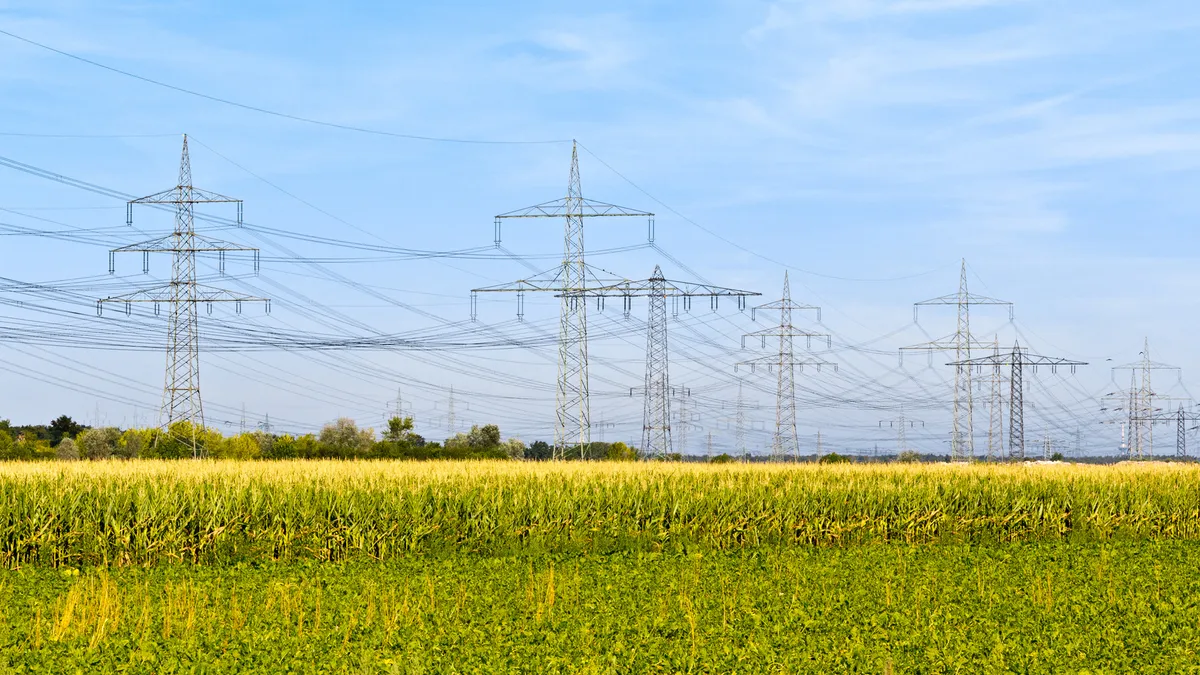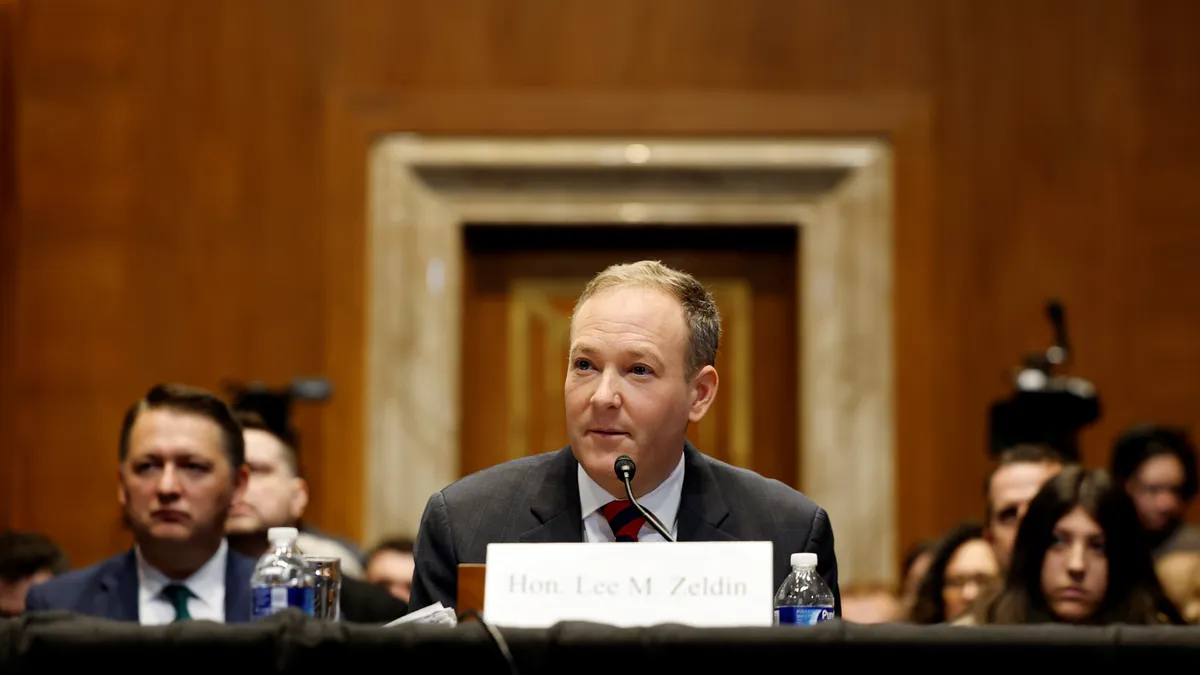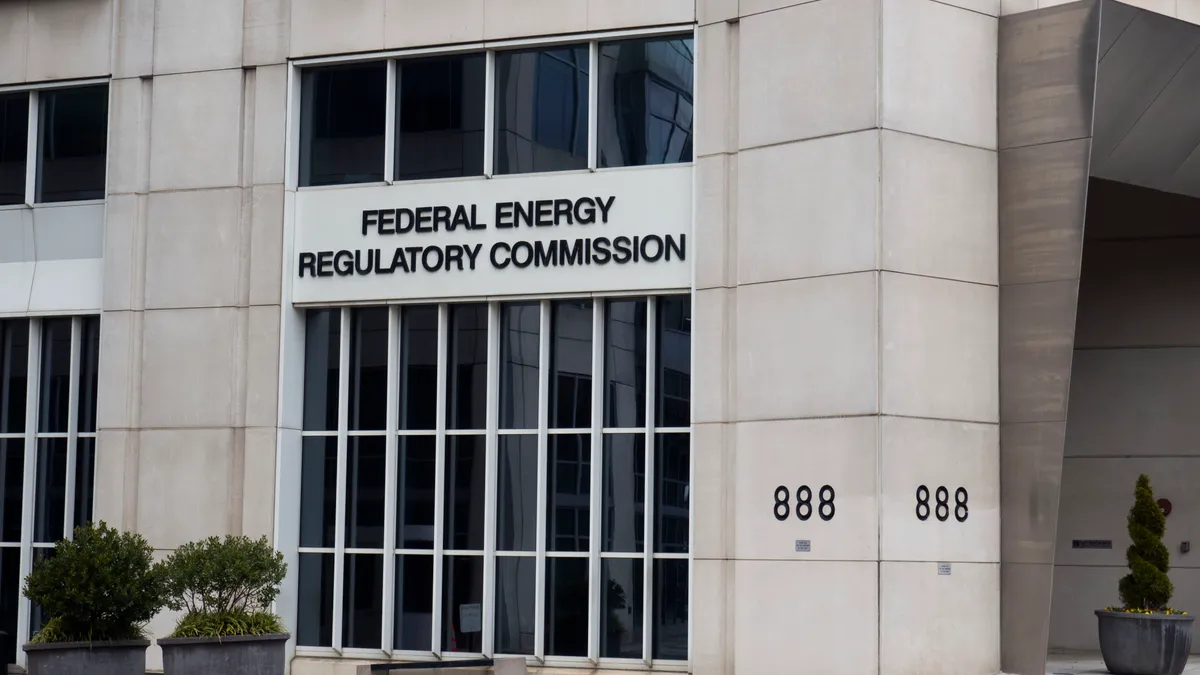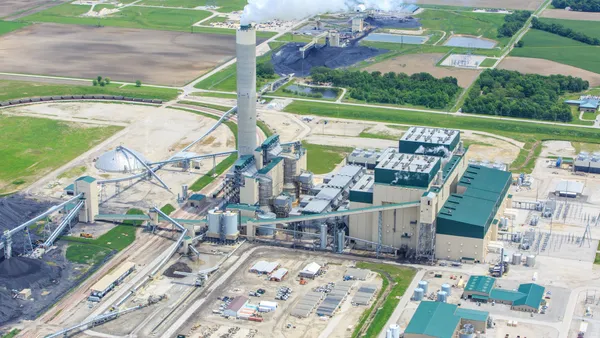Dive Brief:
- Staff of the Midcontinent ISO have recommended a transmission expansion plan (MTEP 16) that includes 394 projects totaling $2.8 billion of investment. The biggest chunk of the investment, almost 45%, will go towards substation improvements. New and upgraded transmission lines will combine for almost half the investment as well.
- This year's plan includes a single market efficiency project, the Huntley-Wilmarth 345 kV line proposed for southern Minnesota, at a cost of more than $80 million and with a projected benefit-cost ratio of 2-1. That project is expected to bring "substantial economic advantages," the MTEP report said, including improved reliability and the ability to accommodate more wind power in Iowa and Minnesota.
- The Planning Advisory Committee members will vote and provide feedback on the report in October, and the MISO Board of Directors will render a final decision on the plan in December.
Dive Insight:
The MISO transmission investment proposal this year is largely in line with the previous two, according to data from the grid operator proposal, a process which so far has seen more than $26 billion approved since the 2003 iteration. The annual transmission planning process is aimed “maximiz[ing] the value of the transmission to our customers by minimizing the energy, capacity, and transmission costs," MISO Regional Executive Priti Patel told Utility Dive last year.
Transmission development is notoriously difficult, and MISO has paired up with other grid operators to finagle new ways to build lines. As renewable energy development grows and climate regulations start emerging, grid operators are tasked with building infrastructure to accommodate the changing energy landscape. Last year, MISO partnered up with Southwest Power Pool to work on four transmission investments together, totaling $276 million in transmission construction.
On another note, MISO has finished up its first review of respondents for its first competitive transmission project under FERC order 1000, the 345 kV Duff-Coleman project. FERC Order 1000, finalized in 2011, reformed FERC’s electric transmission planning and cost allocation requirements for public utility transmission providers, seeking to bring in all market forces to construct transmission infrastructure.















